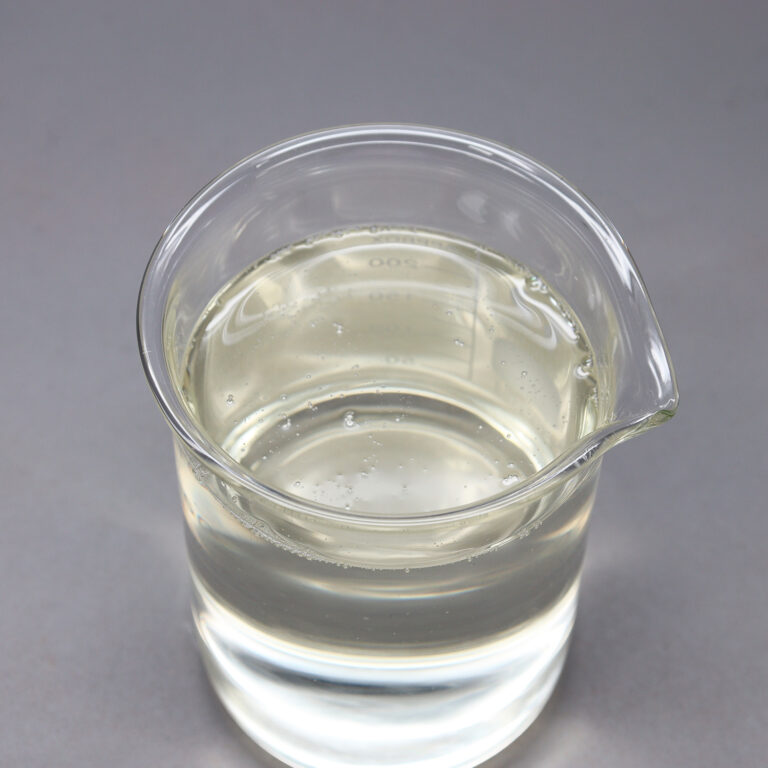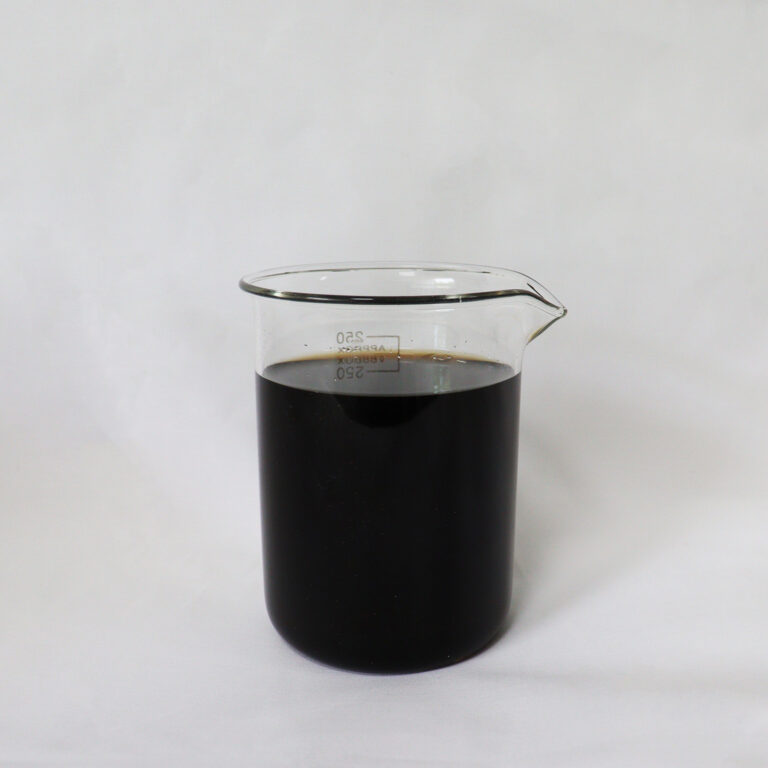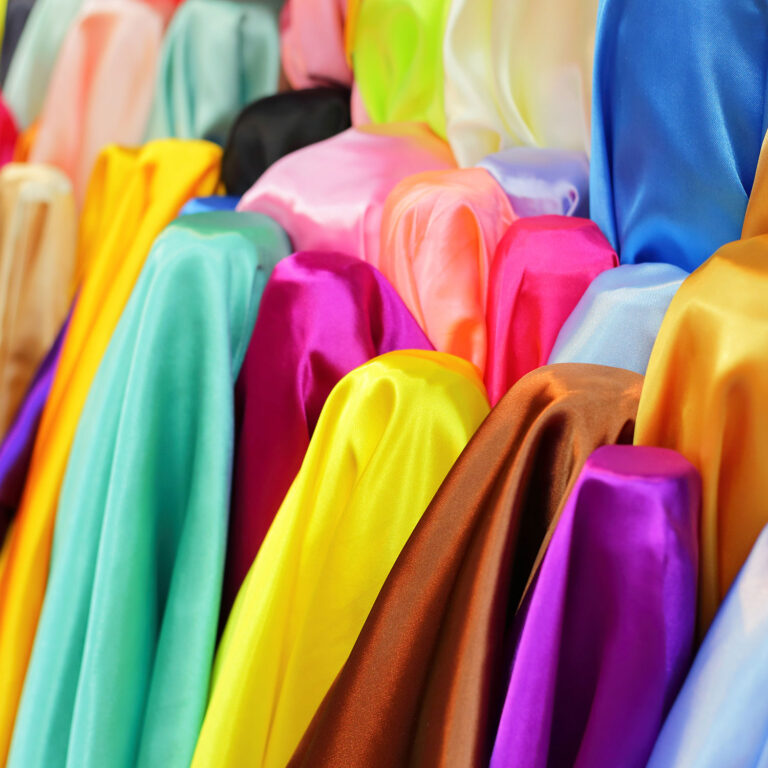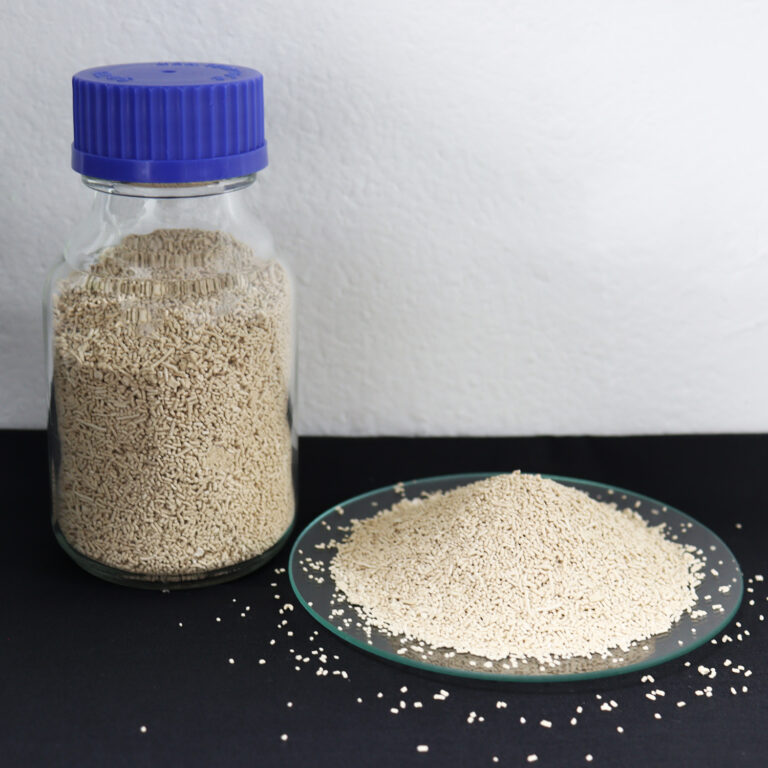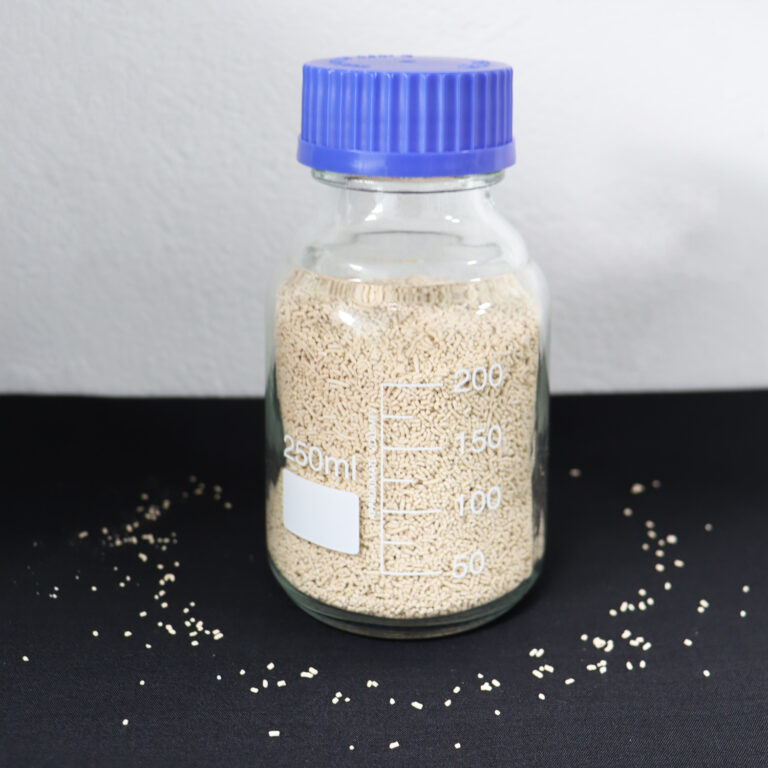In the textile industry, the finishing stage is just as critical as weaving or dyeing. Among the many finishing chemicals used, silicone fabric softeners have become a go-to choice for adding softness, smoothness, and improved drape to fabrics. But applying these softeners correctly is essential to achieving the desired feel without compromising fabric performance or colorfastness.
In this article, we’ll walk you through how to apply silicone fabric softeners in dyeing and finishing processes, the most common application methods, and best practices for importers and factories alike.
What Is a Silicone Fabric Softener?
A silicone fabric softener is a textile softening agent made from silicone-based polymers, typically modified with amino, epoxy, or polyether groups. These compounds create a lubricating film on fabric surfaces, reducing friction and enhancing the tactile quality of textiles.
Softener types include:
- Amino silicone softeners (for high softness and bounce)
- Hydrophilic silicone softeners (for absorbent fabrics like towels)
- Silicone softener beads (easy to store and disperse)
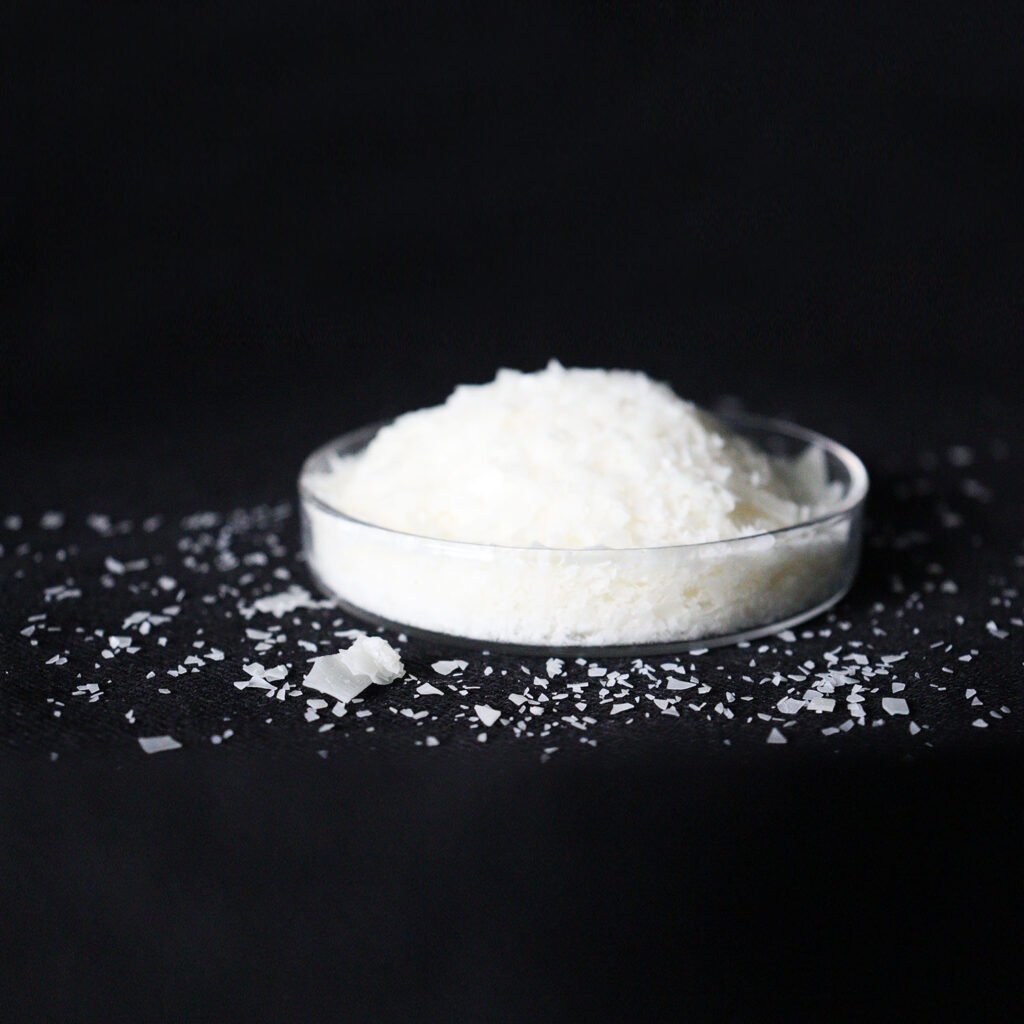

When Are Silicone Softeners Applied in the Production Line?
Silicone softeners are typically used after dyeing and before final drying, during the finishing process. This step ensures the fabric receives its final touch—whether it’s silky smooth, dry and crisp, or elastic and full-bodied.
The application may vary based on:
- Fabric type (cotton, polyester, blends)
- Softener formulation
- Equipment used
- Desired hand feel and performance
Common Methods for Applying Silicone Fabric Softeners
1. Padding Method (Pad-Dry-Cure)
This is the most widely used method for applying silicone softeners in continuous processing.
Steps:
- Prepare a softener solution (typically 1–5% depending on fabric and product)
- Pass fabric through the solution using a padding mangle
- Squeeze excess solution to desired wet pickup (usually 60–80%)
- Dry the fabric at 100–130°C
- Cure (if needed) at 150–170°C depending on softener chemistry
Best for: Woven and knitted fabrics, especially polyester and blends.
2. Exhaust Method (Batch Process)
Ideal for delicate fabrics or smaller batches, the exhaust method is used in dyeing machines or winch systems.
Steps:
- Dilute softener in warm water and add to dye bath or separate finishing bath
- Maintain temperature at 30–40°C
- Run the fabric for 20–30 minutes for even exhaustion
- Drain, hydro-extract, and dry the fabric
Best for: Rayon, viscose, silk, and delicate cotton fabrics.
3. Spray Application
Used in denim finishing or special treatments where precise placement is needed.
Steps:
- Dilute silicone softener to a low-viscosity sprayable form
- Apply via spray nozzles or atomizers
- Dry and optionally cure the fabric
Best for: Denim, garments, or localized softening zones.
Tips for Successful Application
- Always dilute silicone softeners according to supplier instructions to avoid spotting or yellowing.
- Check fabric pH after dyeing—ideally neutral—before applying softeners.
- Use soft water if possible to prevent interaction with ions like calcium or magnesium.
- Test compatibility if combining with other finishing agents such as anti-crease or water-repellent chemicals.
- Avoid overuse, which can cause yellowing, greasy feel, or poor sewability.
Are Eco-Friendly Silicone Softeners Different to Apply?
Eco-friendly silicone softeners (e.g., APEO-free, biodegradable, formaldehyde-free) are usually designed for seamless integration with standard application methods. However, curing temperatures may vary, and it’s best to consult the technical data sheet or contact your textile chemical supplier in China for guidance.
Partner with a Trusted Silicone Softener Manufacturer
Application success begins with quality chemistry. At Meixin Biotech Co., Ltd., we provide:
- High-performance silicone fabric softeners
- Customizable formulations for all textile types
- Application guidelines and on-site support
- Eco-friendly, safe-to-use products that meet REACH and OEKO-TEX® standards
For samples, technical support, or OEM/ODM cooperation,
Contact: connie.huang@meixinbiotech.com
Softening Auxiliaries Articles
How Fabric Softener Flakes Improve Hand Feel in Garment Finishing
Silicone Softener Beads vs. Emulsions: Pros and Cons for Textile Finishing
Softergent Flakes vs. Liquid Softeners: Which Should You Use?
Top 5 Applications of Silicone-Based Softeners in Modern Textile Processing
How Silicone Softening Beads Improve Fabric Feel and Process Efficiency
Silicone Fabric Softener vs. Traditional Softeners: Which Is Better?
What Is a Silicone Softener for Textiles? Benefits, Types & Applications
Understanding Fabric Softener Flakes: Types, Usage & Key Advantages
Does Silicone Softener Affect Color Fastness? Application Tips for Garment Dyeing
How to Apply Silicone Fabric Softeners in Dyeing & Finishing Processes
Where to Buy High-Quality Silicone Softener for Textiles (2025 Guide)
How to Choose the Right Silicone Fabric Softener for Cotton, Polyester & Blends
Top Exporters & Manufacturers of Silicone Softening Beads in China
Understanding Fabric Softener Flakes and Their Role in Textile Care
Is Bead-Type Softener Suitable for Export? 5 Key Questions + Packaging, Storage & Transport Tips
5 Key Questions to Ask Before Buying Silicone Softeners for Garment Production
How High-Concentration Softeners Help Garment Factories Reduce Production Costs
Bead vs. Liquid Silicone Softeners: Which Is Better for Mass Fabric Processing?
Eco-Friendly Silicone Fabric Softeners: Are They Worth the Switch?
FAQs About Silicone Softener for Textiles: Everything Importers Need to Know


